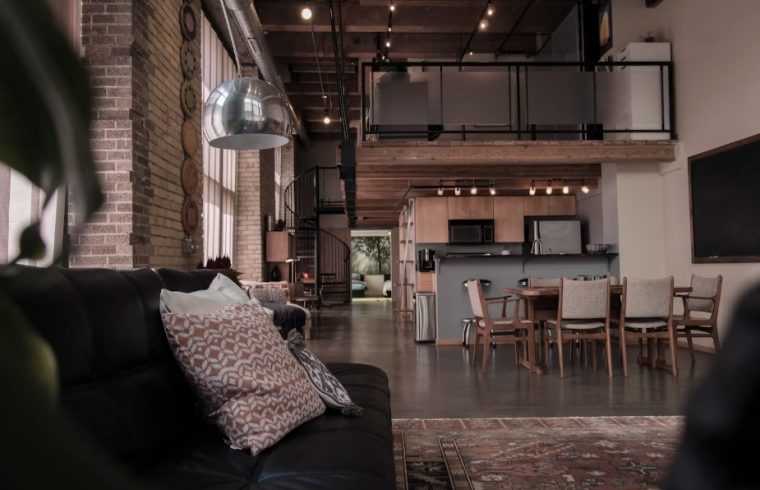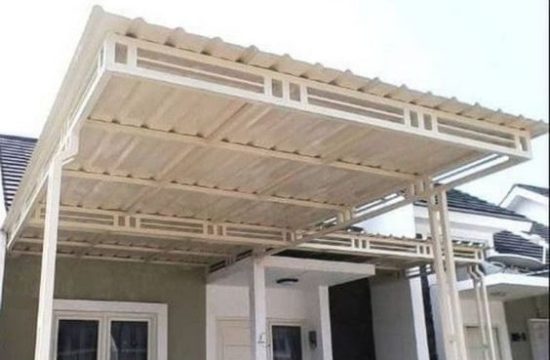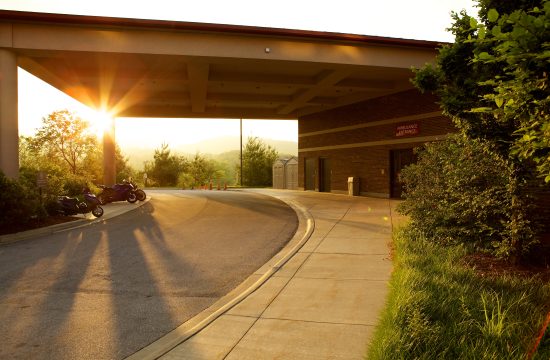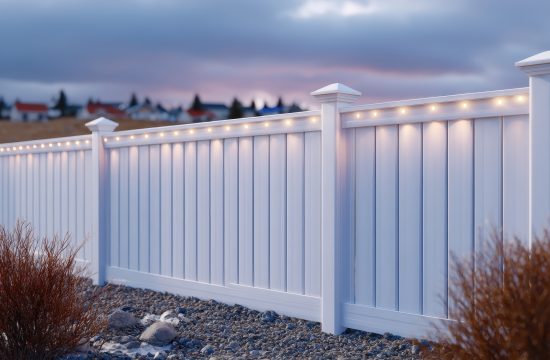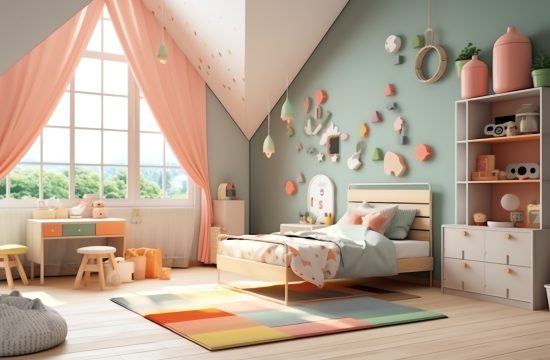It is undeniable that industrial style is often the choice of interior and architectural styles today. In the past, this style began to be known in Europe when many factory buildings or old buildings were converted into houses because the demand for housing was higher. This style became popular in the 2000s.
In Indonesia, this design style is used for historic buildings or factories that have changed functions. In a way, industrial style is a flexible and uncomplicated style to apply to homes or commercial buildings. Flexible means not difficult to find equivalent materials, furniture, lights, and accessories with an industrial style. Here are some design characteristics that you can apply to create an industrial-style impression in both residential and commercial projects.
Open Plan
The industrial style is ideally applied in large rooms and applies an open-plan design without massive or solid insulation. This industrial characteristic is an adjustment from factories or warehouses reuse which usually have an open-plan design. To avoid the difficulty of designing a wide open space, you can break furniture into several clusters to help define the room.
Mezzanines or Void Areas
If possible make a mezzanine in the available space, and make the railing and stairs leading to the mezzanine a strong industrial accent. If the ground floor plan is made open-plan, you can put another room that is more private in this mezzanine.
Expose Structural and Mechanical Elements
One of the industrial characteristics that make this style stand out is the choice not to cover the structural and mechanical parts of a room. The mechanical or electrical elements that are usually exposed are AC ducting, water pipes, and electrical cables. You can paint the exposed pipes or wires with special colors to add to the aesthetics of the room. Structural elements that are usually highlighted as industrial characteristics are roof trusses, unpainted columns, brick walls, cement floors, and others.
–sh


